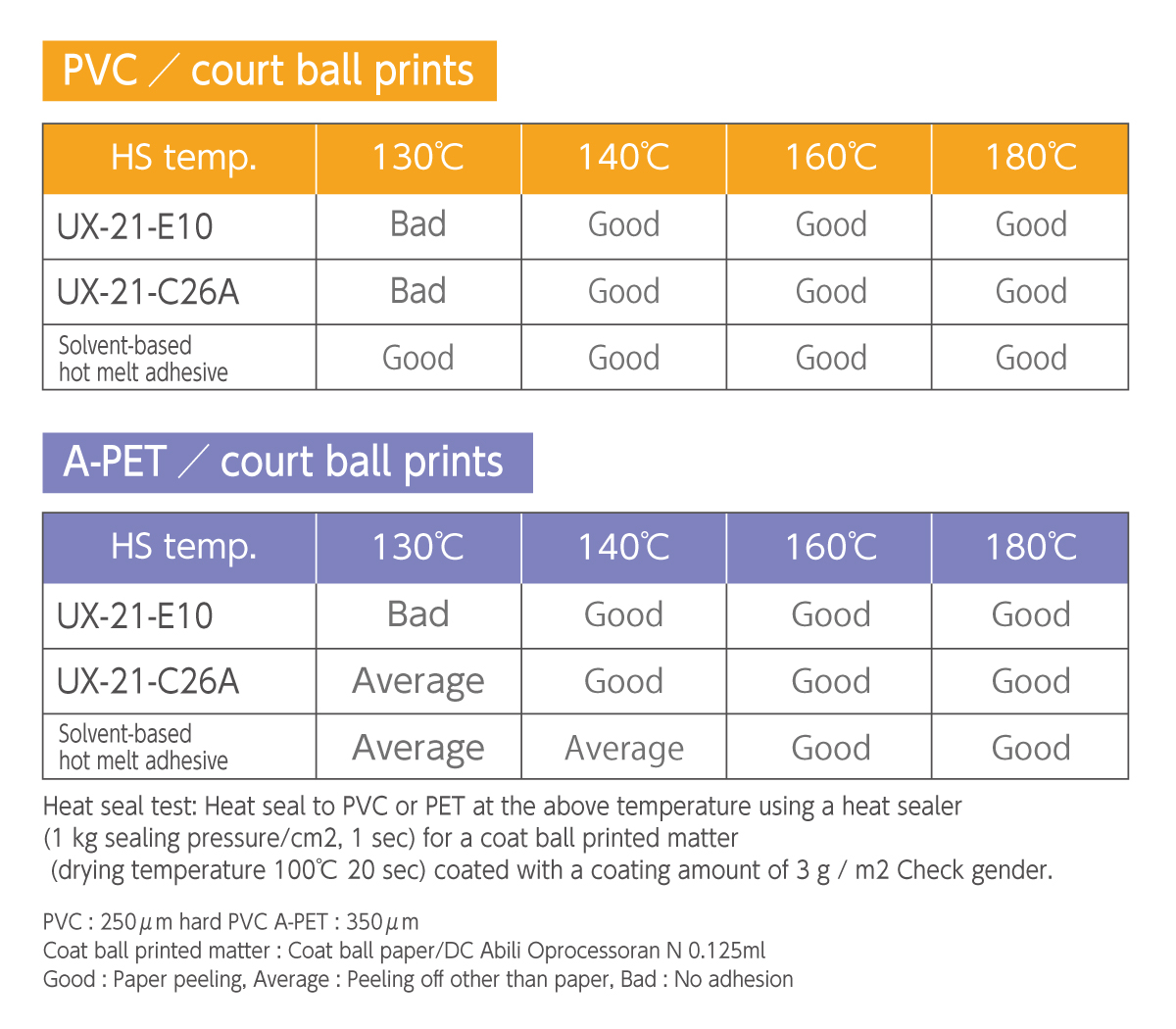
Sustainable
It can be used for paper applications that
reduce consumption of petroleum resources and reduce environmental impact.
DIC Original
A composite of DIC's synthetic rubber latex resin and water-based polyurethane resin.
By combining them, it is possible to express functions different from those of blend systems.
In addition, bleeding of low-molecular-weight components can be
suppressed as this resin is emulsifier-free.
You want to reduce your use of plastic,
but are concerned that replacing plastic with paper might make it more susceptible to water and oil?
HYDRAN™ UX series solves this problem by providing water and oil resistance simply
by being applied to the paper.
3 reasons to choose HYDRAN™ UX series
Creates a sloped structure by simply applying it to paper.
Two different components are combined into the same particle: urethane resin (PUD),
which has excellent adhesion and penetration into paper, and latex resin (Lx),
which has no hydrophilic groups and has excellent water and oil resistance.
When coated on a paper base material, the low polarity Lx migrates to the surface (air layer)
and the high polarity PUD migrates to the base material surface, creating a slopedfunction.
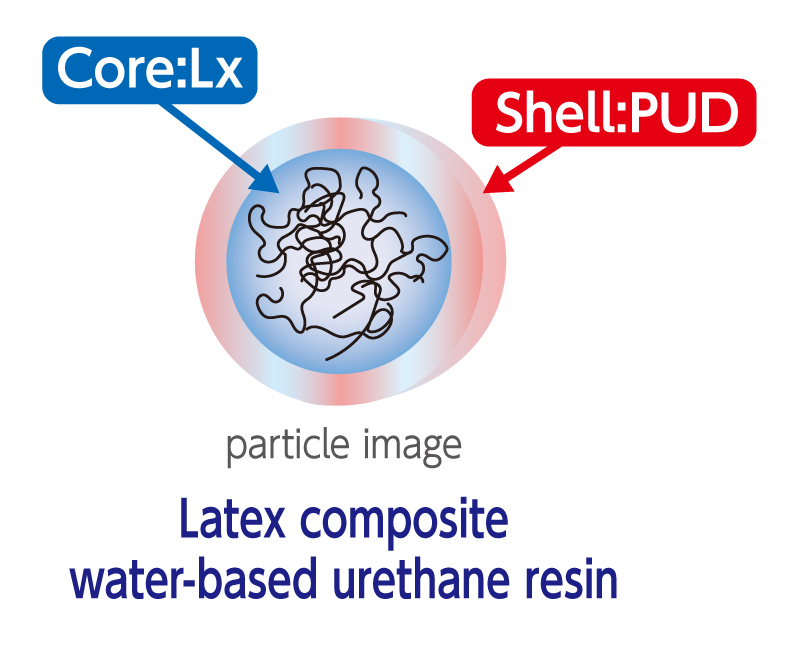
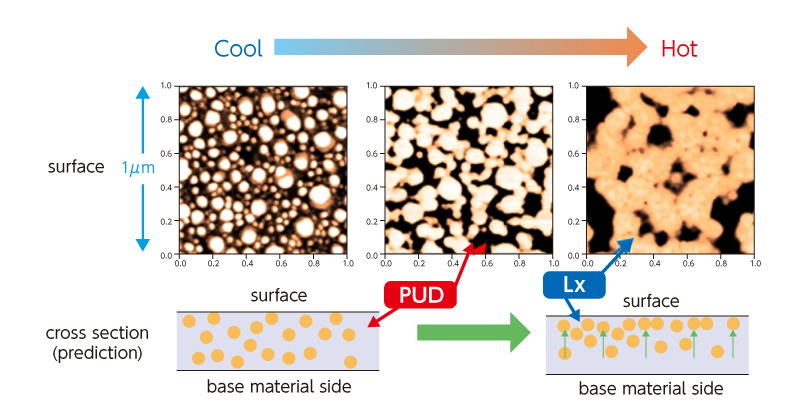
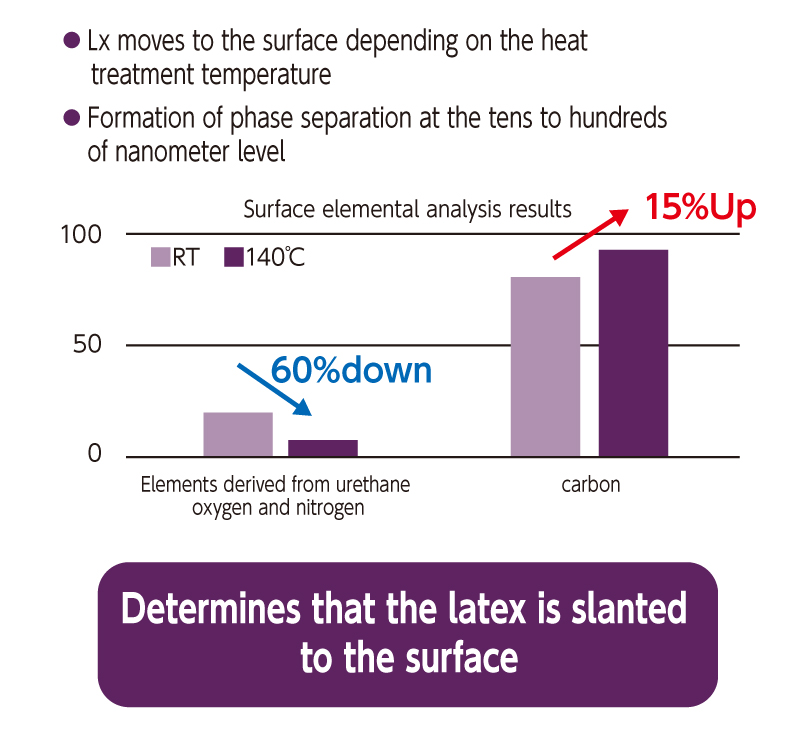
It becomes water and oil repellent simply by applying it to the paper.
When coated on a paper base material, the low polarity Lx migrates to the surface (air layer)
and the high polarity PUD migrates to the base material surface, creating a sloped function.
This creates a highly concentrated Lx layer on the surface that repels water and oil.
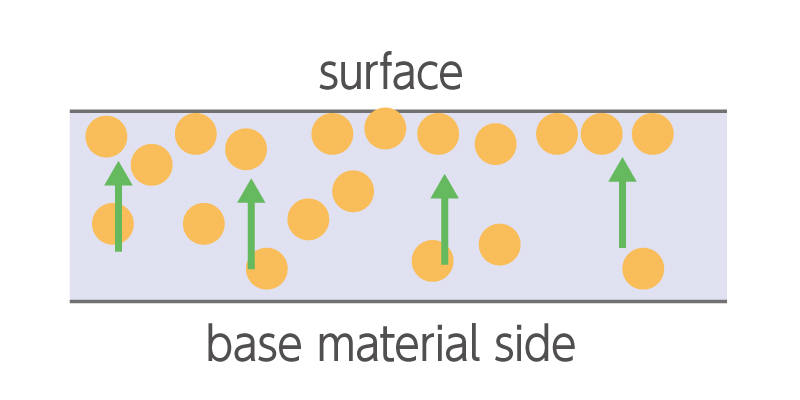
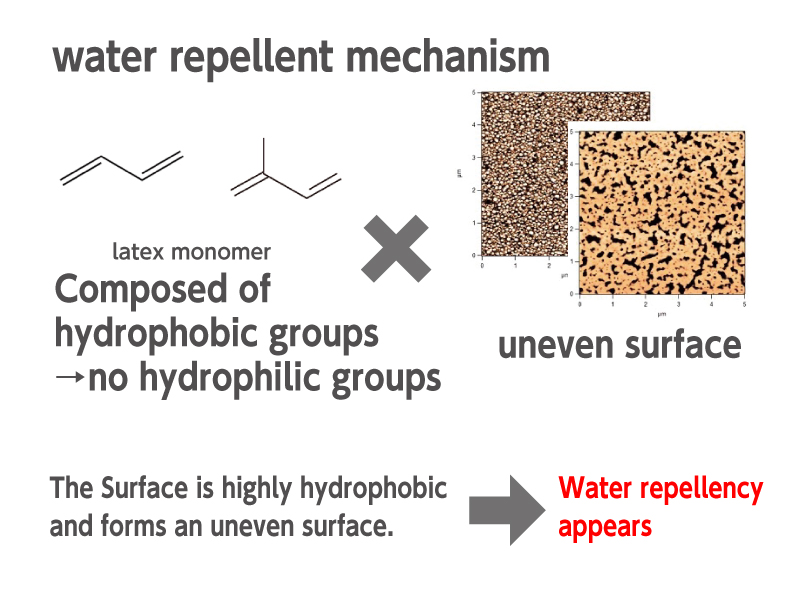
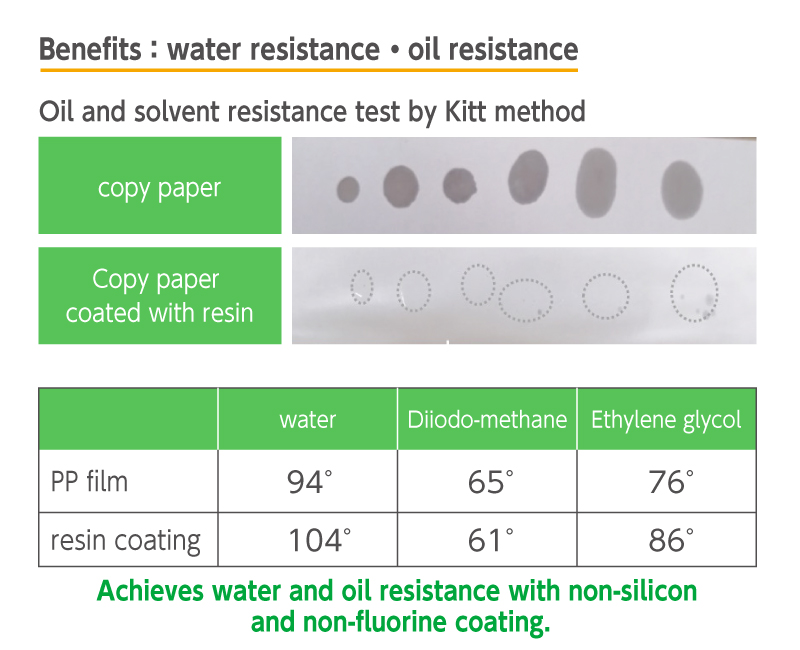
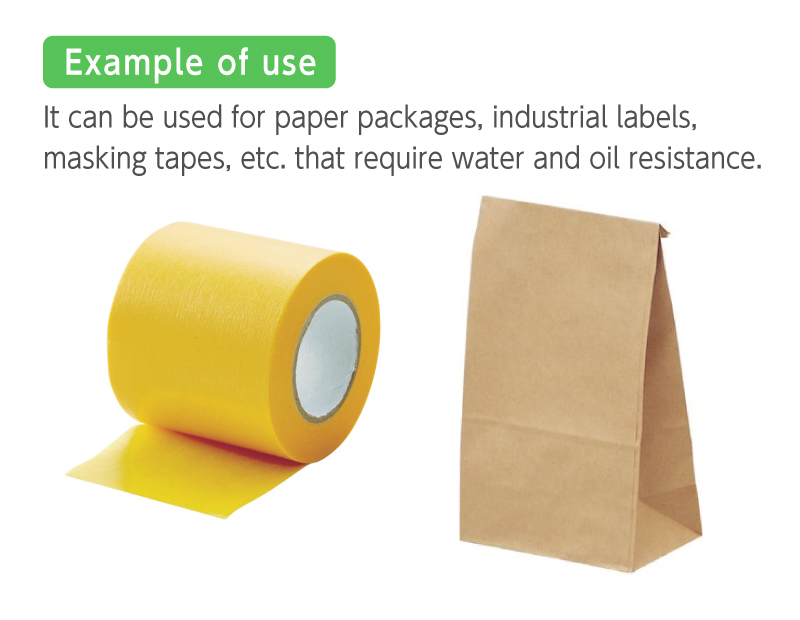
Heat-sealing properties are achieved on a wide range of substrates simply by applying it to paper.
When heat is applied, the PUD melts and develops sealing properties. Normally, a sealant must be selected based on the base material to be used, but by utilizing the properties of both PUD and Lx, a wide range of base materials can be adhered with a single sealant.
